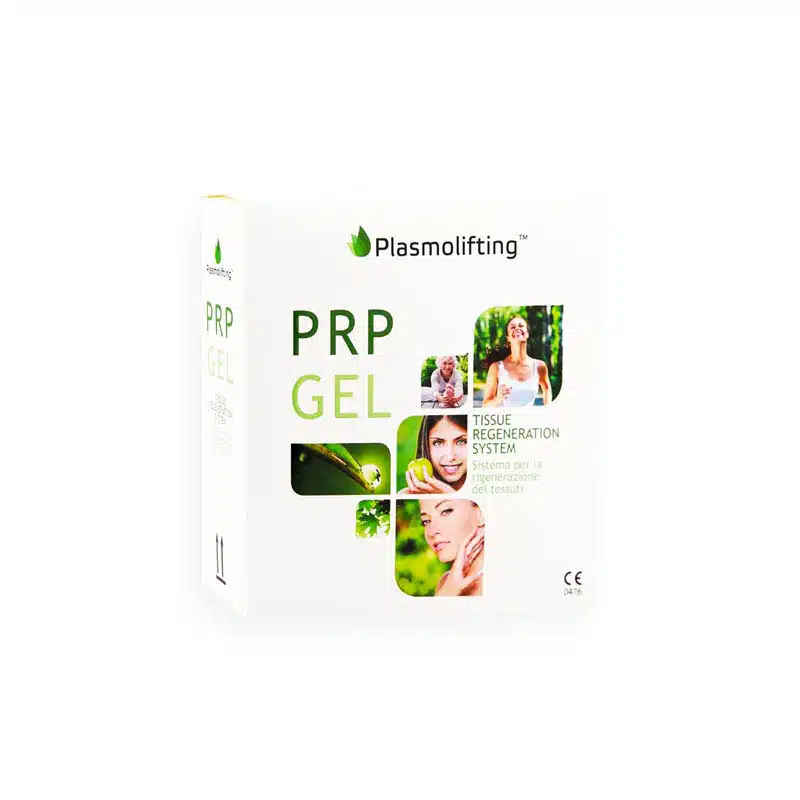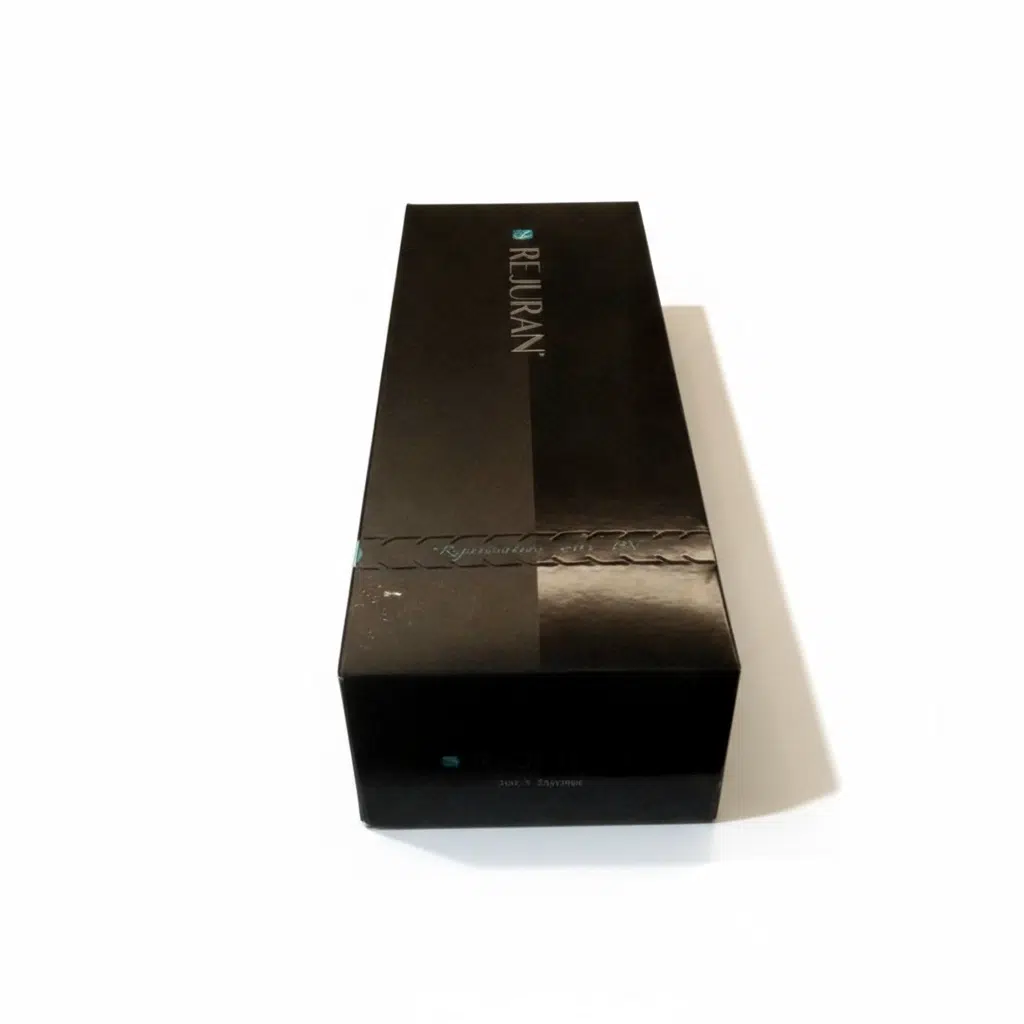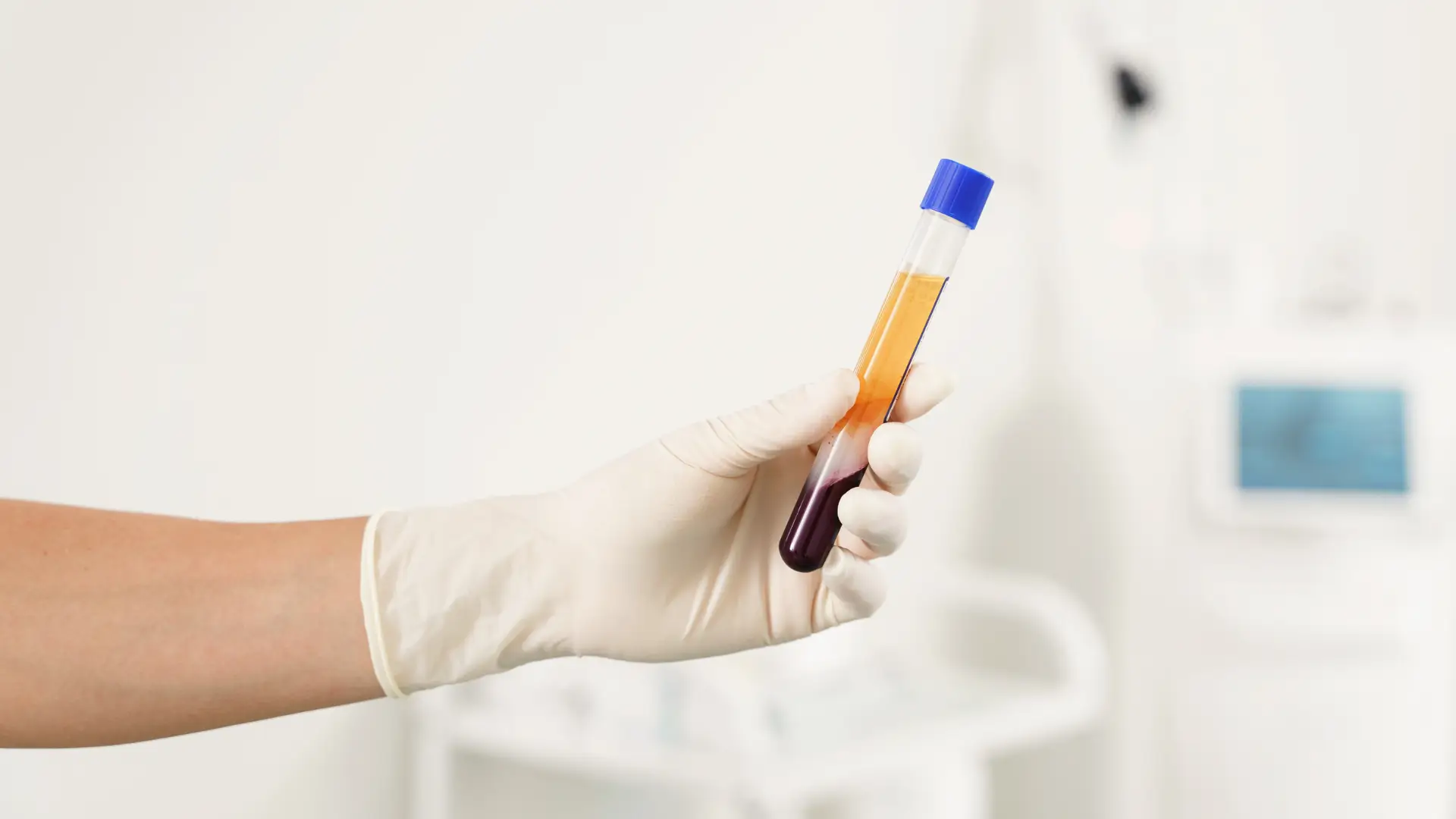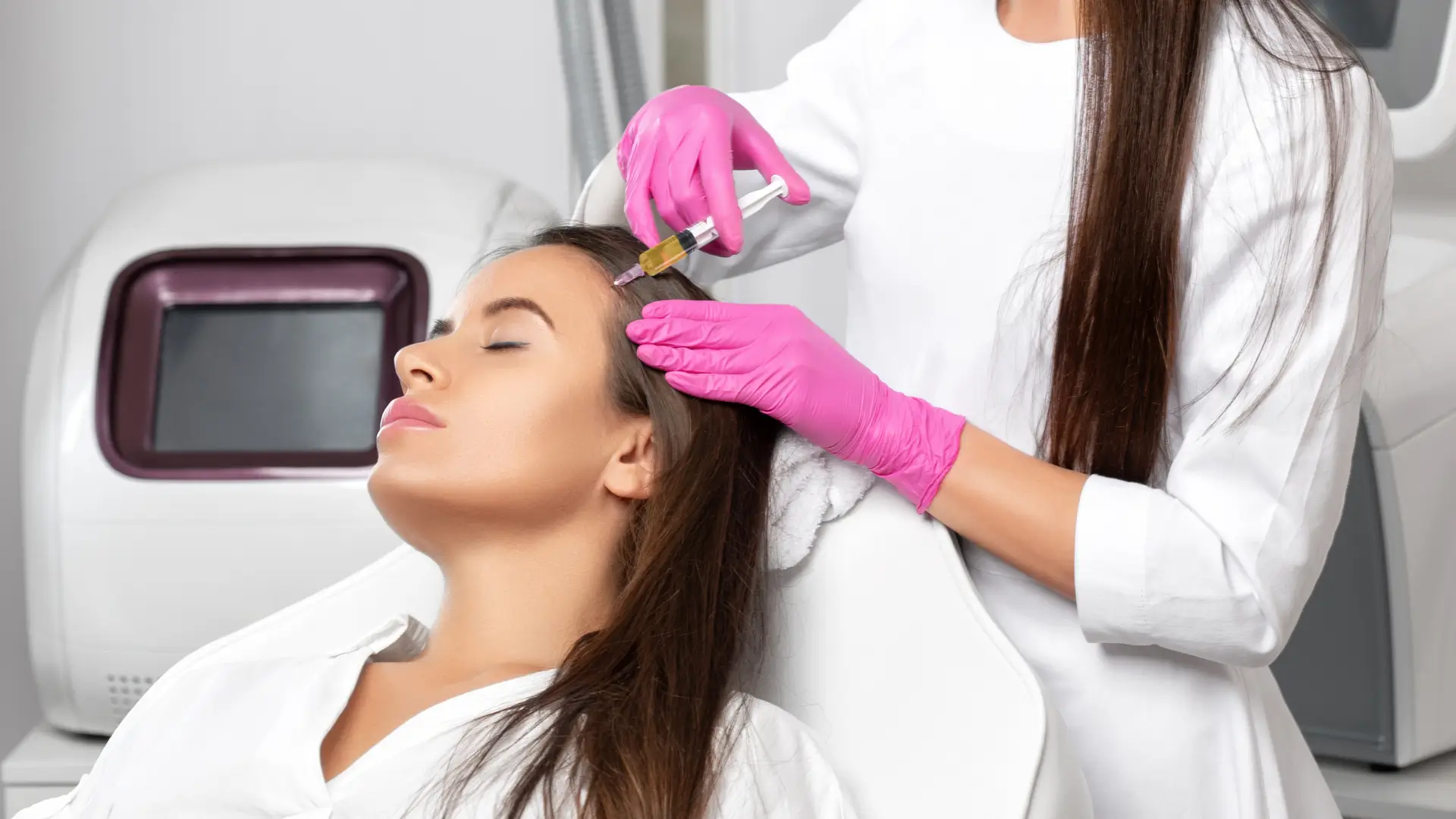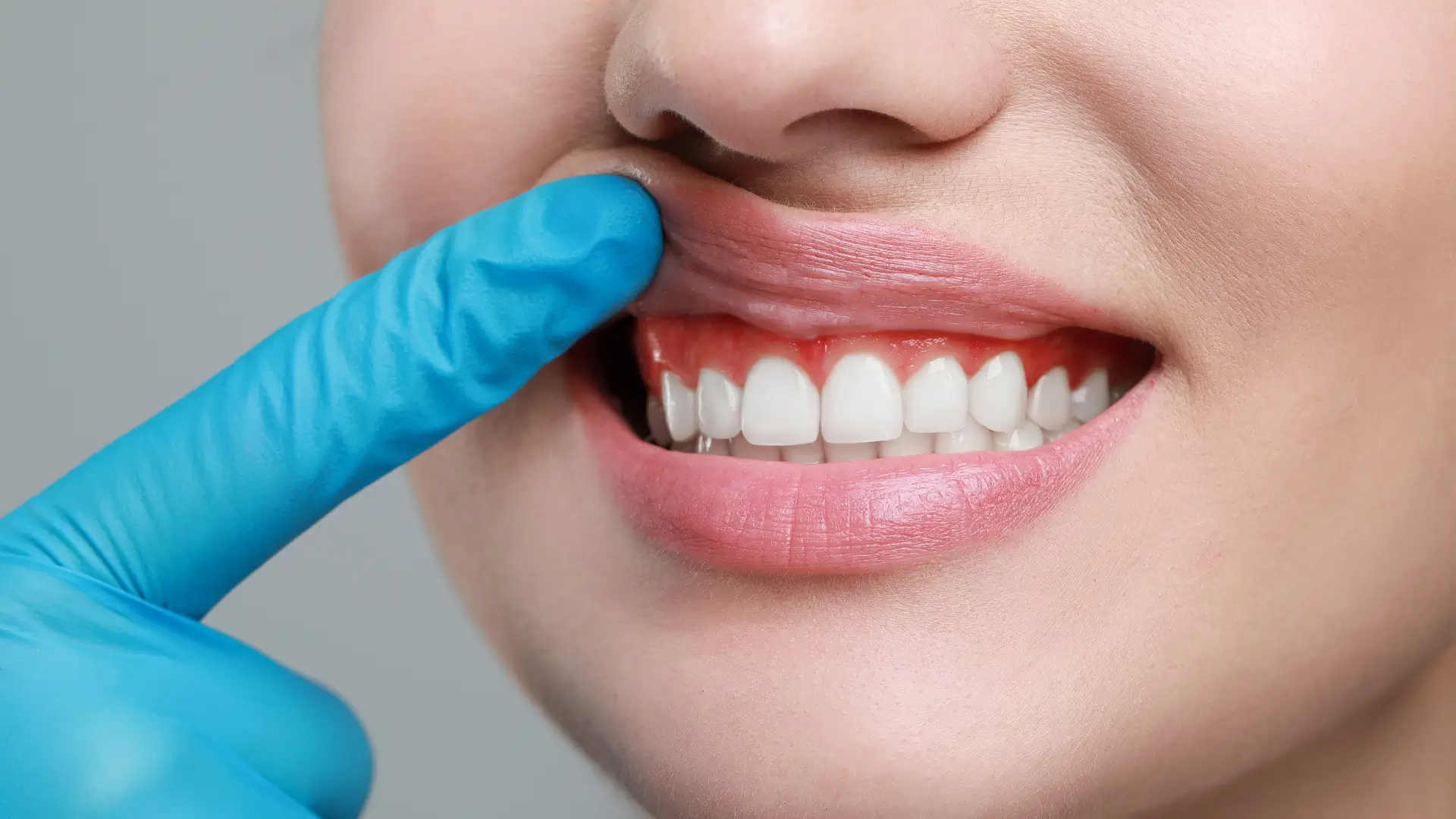Did you know that Plasmolifting can speed up tissue regeneration and reduce inflammation? Studies suggest this innovative therapy is gaining popularity for its ability to harness the body’s natural healing process, making it a promising solution across various medical fields.
Also known as Platelet-Rich Plasma (PRP) therapy, Plasmolifting involves injecting a concentrated suspension of platelets into the tissue. These platelets release growth factors that stimulate cell repair, collagen production, and overall rejuvenation, making PRP a valuable tool in both aesthetic and medical treatments.
In this article, we’ll break down the science behind Plasmolifting, explore its indications and medical applications, and discuss how PRP therapy works, its benefits, and what patients can expect from this cutting-edge treatment.
Key Takeaways on PRP Hair, Skin, and Gum Treatment
- Plasmolifting, or Platelet-Rich Plasma (PRP) therapy, involves injecting a concentrated suspension of a patient’s own platelets to harness natural healing properties.
- PRP’s regenerative effects stem from growth factors and cytokines, which promote tissue repair, reduce inflammation, and accelerate healing.
- Plasmolifting has diverse medical applications, including dermatology, trichology (hair restoration), dentistry, and orthopedics.
- A sterile environment and precise centrifugation and injection protocols are essential for optimal results and treatment effectiveness.
- Using the patient’s own blood minimizes risks, reducing the chance of allergic reactions or infections, leading to high patient satisfaction.
About: Medica Depot is your trusted all-in-one supplier, offering a range of high-quality medical injectables and supplies. Buy Plasmolifting online at Medica Depot today! Whether for health professionals, plastic surgeons, dermatologists, licensed estheticians, or other specialists, we can offer genuine, brand-name products you may need. With Medica Depot, we prioritize serving you better to improve the patient’s quality of life.
Scientific Basis of Plasmolifting
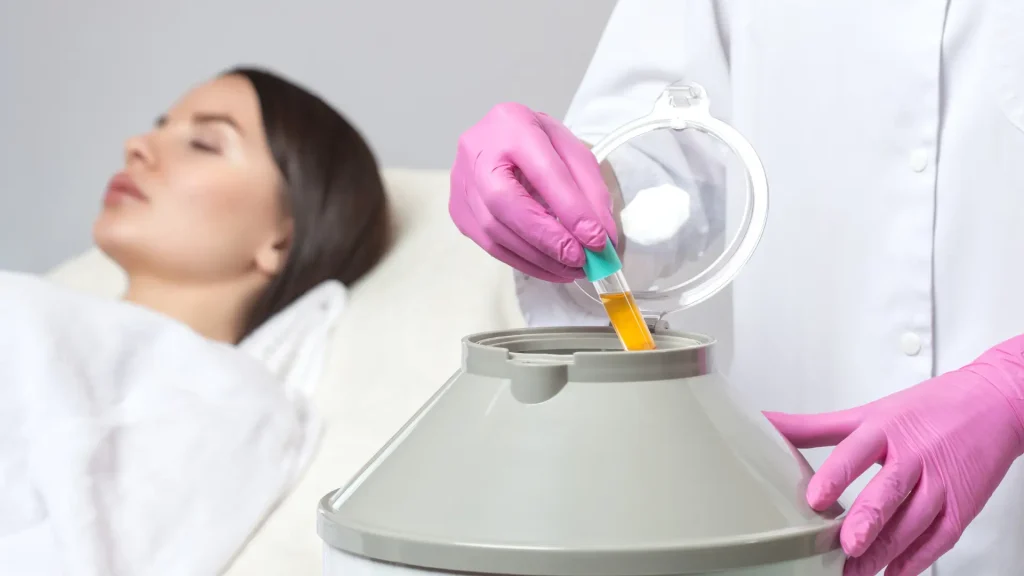
Plasmolifting, or Platelet-Rich Plasma (PRP) therapy, uses the patient’s own blood plasma enriched with platelets to promote tissue regeneration and healing. The process begins with drawing blood, which is then processed in a centrifuge to separate the platelet-rich plasma from other components.
PRP is packed with growth factors and cytokines, which play a key role in tissue repair. These biological mechanisms contribute to healing and regeneration through:
- Cell Proliferation and Differentiation: Stimulates fibroblasts and endothelial cells, accelerating tissue repair.
- Angiogenesis: Improves blood vessel formation, enhancing oxygen and nutrient delivery.
- Extracellular Matrix Formation: Boosts collagen production, supporting tissue structure.
- Inflammation Modulation: Helps control inflammation, creating an optimal healing environment.
These processes make PRP therapy effective in enhancing healing and improving clinical outcomes across medical, dental, and aesthetic applications.
Medical Indications for PRP Therapy
Plasmolifting before and after photos showcase PRP therapy’s diverse applications in various fields, including dermatology, trichology, dentistry, and orthopedics. These applications underscore the versatility and effectiveness of PRP therapy in facilitating tissue regeneration and healing across diverse medical disciplines.
- Dermatology: Acne scars, fine lines, wrinkles, and hair loss.
- Trichology: Androgenetic alopecia, alopecia areata, and chronic telogen effluvium.
- Dentistry: Post-extraction healing, implant integration, and periodontal regeneration.
- Orthopedics: Tendonitis, ligament sprains, muscle injuries, and osteoarthritis.
Medical professionals and patients should understand that PRP’s growth factors play a crucial role in significantly enhancing tissue repair, alleviating inflammation, and accelerating recovery.
Procedure: PRP Extraction and Application
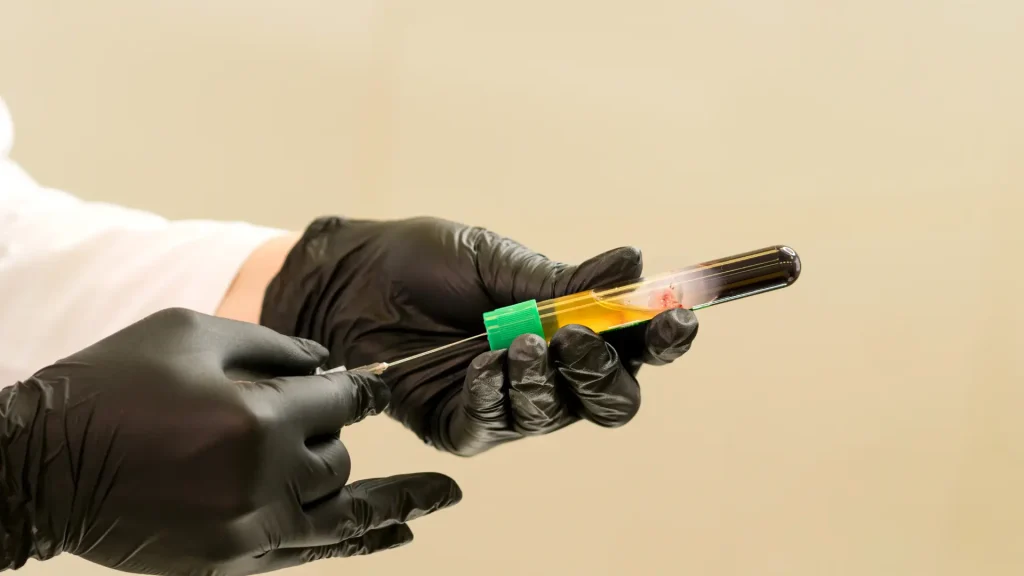
Extracting and applying Platelet-Rich Plasma (PRP) requires careful handling to ensure a high concentration of platelets and growth factors. The process begins with collecting a small volume of blood (typically 10-20 milliliters) through standard venipuncture techniques.
The blood is then placed in a centrifuge and spun at high speeds, allowing the plasma to separate from red and white blood cells. The platelet-rich plasma is carefully extracted and prepared for targeted application in various treatments.
Best Practices for PRP Therapy
- Ensure a Sterile Environment: Minimizes the risk of contamination and infection.
- Adhere to Centrifugation Protocols: Precise separation ensures optimal platelet concentration.
- Master Injection Techniques: Proper administration improves treatment efficacy and safety.
- Conduct an Initial Patient Assessment: Determines suitability and expected outcomes.
- Provide Regular Follow-Up Care: Ensures sustained benefits and addresses patient concerns.
These steps and considerations are essential for maximizing the therapeutic benefits of PRP therapy and ensuring patient safety and satisfaction.
Advantages Over Conventional Treatments
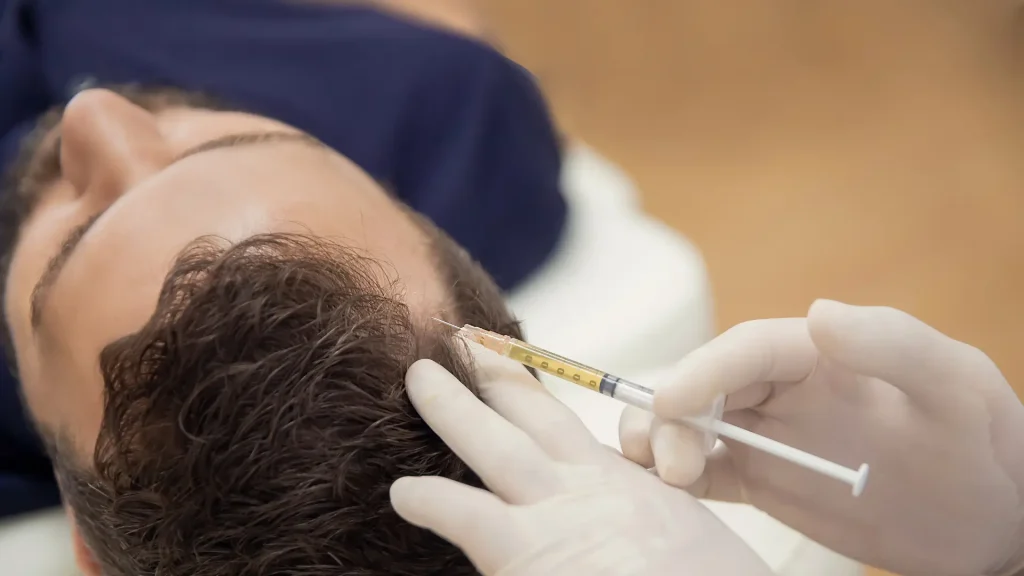
Platelet-Rich Plasma (PRP) therapy offers several advantages over traditional treatments, particularly in efficacy, safety, and patient satisfaction. Studies show that PRP therapy enhances tissue regeneration and healing, making it a promising option for conditions such as tendonitis, osteoarthritis, and hair loss.
Additionally, Plasmolifting therapy is considered safe, as it uses the patient’s own blood, minimizing the risk of allergic reactions or infections. A 2022 study on pattern hair loss found that PRP produced significant improvements in both male and female patients, earning high satisfaction scores for safety and effectiveness.
Cost-Effectiveness and Minimally Invasive Nature
Medical professionals recommend PRP therapy for its cost-efficiency and non-surgical approach. Unlike surgical interventions, PRP involves simple injections, leading to shorter recovery times and lower costs.
Because it is minimally invasive, patients can resume daily activities quickly after treatment. Furthermore, Plasmolifting eliminates the need for synthetic materials or medications, making it a natural, holistic treatment option. These benefits contribute to PRP therapy’s growing popularity as an alternative to conventional treatments.
Conclusion
Plasmolifting, or Platelet-Rich Plasma (PRP) therapy, has become a valuable tool in modern medicine by harnessing the body’s natural healing abilities. Its role in accelerating tissue regeneration and reducing inflammation has made it a sought-after treatment in dermatology, trichology, dentistry, and orthopedics.
As more practitioners recognize its effectiveness, PRP therapy continues to gain popularity. It offers patients a safe and promising solution for a wide range of conditions. With ongoing research and advancements, its applications are expected to expand beyond current indications, further improving patient care and treatment outcomes.
FAQs
1. What is Plasmolifting and how does it work?
Plasmolifting, or Platelet-Rich Plasma (PRP) therapy, uses a concentrated suspension of platelets derived from a patient’s blood. After extracting blood, it is processed in a centrifuge to separate the PRP, which contains growth factors that aid tissue regeneration, healing, and rejuvenation.
2. What are the medical indications for using PRP therapy?
PRP therapy is versatile and can be used in various fields, including dermatology (for acne scars and wrinkles), trichology (for conditions like androgenetic alopecia), dentistry (for healing post-extraction and enhancing implant integration), and orthopedics (for tendonitis, ligament sprains, and osteoarthritis).
3. What are the advantages of PRP therapy compared to traditional treatments?
PRP therapy’s safety is based on various clinical studies. It uses the patient’s blood, reducing allergy and infection risks. It also demonstrates higher efficacy in tissue healing and regeneration. Additionally, it is generally minimally invasive and can improve patient satisfaction due to its effectiveness.
References
- Gayratovich, S. S., & Jumayevich, I. A. (2021). THE USE OF AUTO-PLATELET MASS TO PREVENT COMPLICATIONS AFTER THE EXTRACTION OF A WISDOM TOOTH. 2(5). https://media.neliti.com/media/publications/357881-the-use-of-auto-platelet-mass-to-prevent-5db4bbd9.pdf
- John Hopkins Medicine. (n.d.). Platelet-Rich Plasma (PRP) Treatment. Www.hopkinsmedicine.org. Retrieved March 7, 2025, from https://www.hopkinsmedicine.org/health/treatment-tests-and-therapies/plateletrich-plasma-prp-treatment

